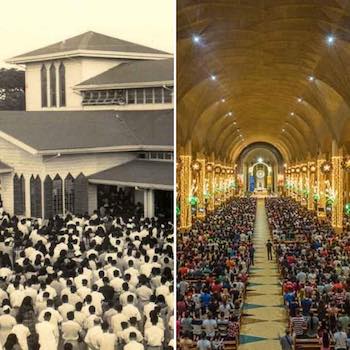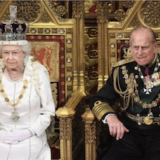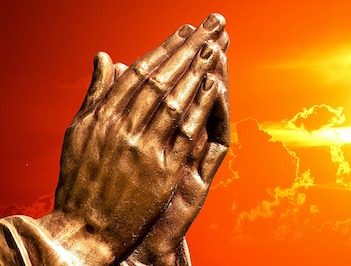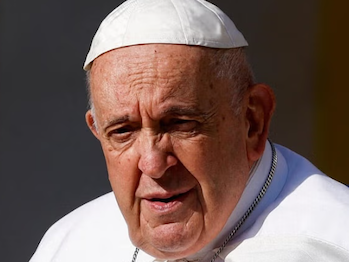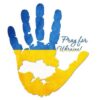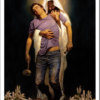The Philippine Church is celebrating 500 years of Christianity. The year-long celebration formally began on April 4, 2021 – Easter Sunday – and will end on April 22, 2022. The Catholic Bishops Conference of the Philippines (CBCP) is spearheading the celebration, and has been working on it for the last nine years.
Among the events to be commemorated are the first Easter Mass in the country on the island of Limasawa, and the first baptism in Cebu.
More than 500 “Jubilee churches” have also been identified for the celebration.
Many Filipino Catholics also tuned in to the Pope’s March 14 mass, which was dedicated to the 500-year anniversary of Christianity in the Philippines.
The Baclaran Shrine, the National Shrine of Our Mother of Perpetual Help, is chosen as a Jubilee church and will be opening a Jubilee door soon.
Pope Francis sent a video message for the 500th anniversary of the first preaching of the Gospel in the country (April 4, 2021). In it, he shared with them three mysteries of faith, which are part of the deepest Christian roots of the Filipino people: Nazareth, the Cross and Pentecost.
He said that the tender love of the Holy Child, “which is a symbol of the arrival of Christianity in your archipelago, reminds us of the hidden life of the Holy Family in Nazareth.” By opening the doors of your families to the Holy Child, he said, “you too will be able to transmit to your children the faith that you received from your parents.”
Dwelling on the Cross, the Pope recalled all the difficulties that the people of the Philippines have had to face, especially in the years of immediate preparation for this jubilee. He called to mind the earthquakes, typhoons, volcanic eruptions and the Covid-19 pandemic. Turning his attention to Pentecost, the Pope reminded the faithful of the Philippines that Pentecost “is a point of arrival, but also a new beginning.”
Gifted to Give
Fiilipino Catholics will mark year-long jubilee celebrations under the theme “Gifted to Give”.
The actual year that Christianity came to the shores of the Philippine Islands was 1521, when the Portuguese explorer Ferdinand Magellan, in an attempt to circumnavigate the globe from Spain to India, landed on tiny island of Limasawain the central Philippines and started to convert the natives to Christianity.
On Easter Sunday in 1521, Father Pedro de Valderrama celebrated the first Catholic Mass in what is now the Philippines, specifically on the island of Limasawa in Southern Leyte.
The date was 31 March, and the Spanish priest was part of an expedition to the so-called “East Indies” Magellan.
Father Valderrama set up an improvised altar, and officiated at the Mass, which was attended by his shipmates and a host of local tribal leaders and inhabitants. On that same Easter Sunday afternoon, Magellan ordered his men to plant a large wooden cross on the top of the hill overlooking the sea.
A few days later, the Magellan expedition moved on to the island of Cebu. On 14 April 1521, Fr. Valderrama baptized the local tribal leader and around 800 Visayan natives to form the first Catholic community.
More than 2,200 converted, but those on nearby Mactan island resisted and killed Magellan.
Redemptorists in Philippines
On June 30, 1906, seven Redemptorists arrived at Opon on the island of Mactan in the Philippines to begin a new mission. They joined Fr. Andrew Boylan CSSR. who had already taken up residence in Opon earlier in the year. The arrival of these seven Redemptorist confreres marked the beginning of more than 100 years of the Redemptorist mission and presence in the country where without doubt the Congregation was to play a significant role in both the religious and social life of the people.
When the Redemptorist came to Baclaran in 1932, Baclaran was a small desolate village of grassland near the sea. Little did they imagine that someday, the small wooden chapel would transform into the biggest shrine in the world dedicated to Our Mother of Perpetual Help. Someday, Baclaran would transform into a booming town and an international pilgrim centre.
The phenomenon exploded after the Redemptorists began the novena in 1948. Only 70 people attended the first novena. After a week, the number of devotees doubled. After several weeks, it came to a thousand. After a few months, it came to several thousands. The rest is history.

